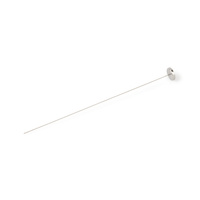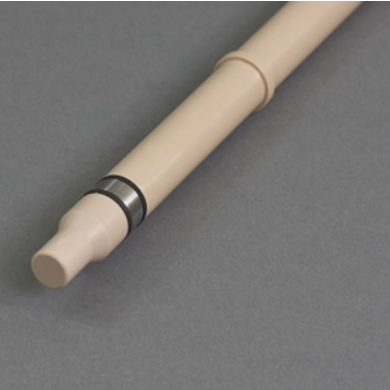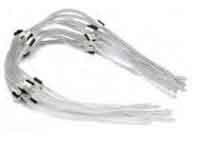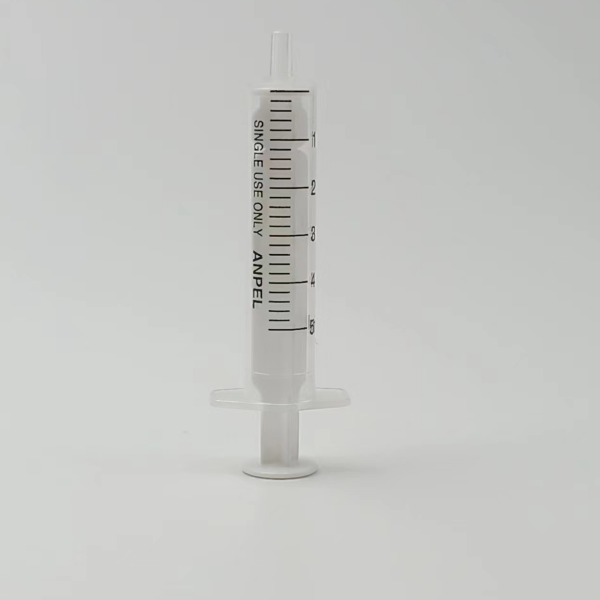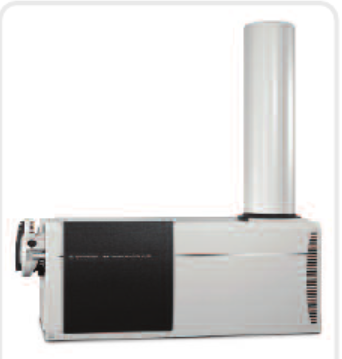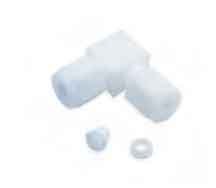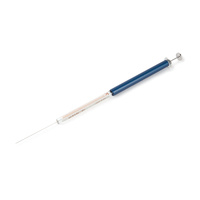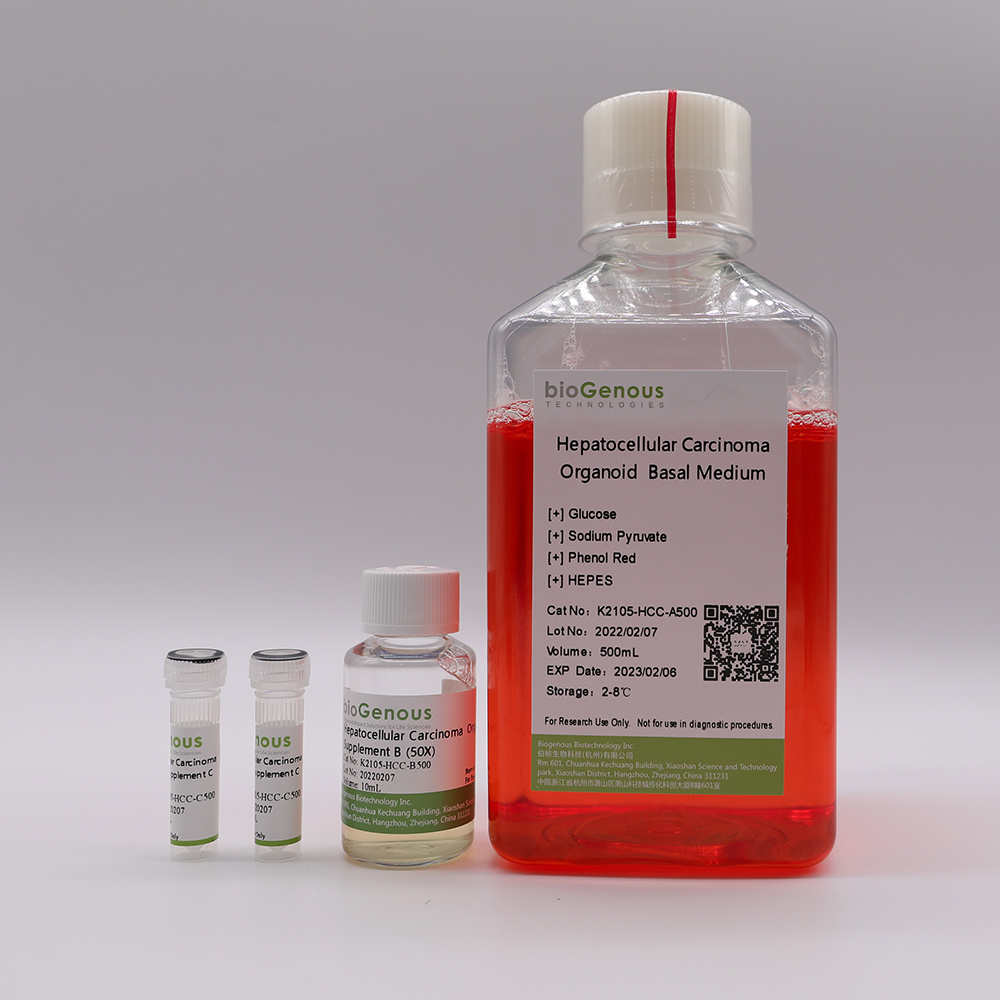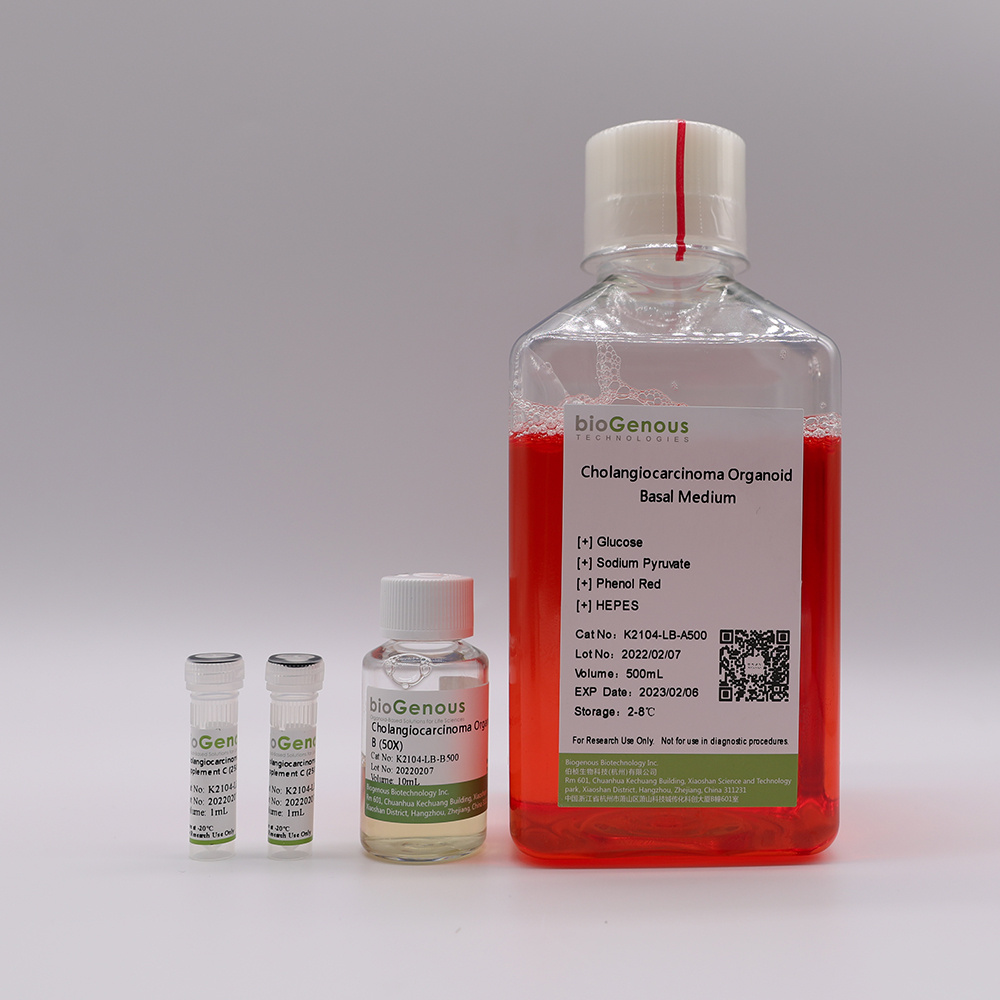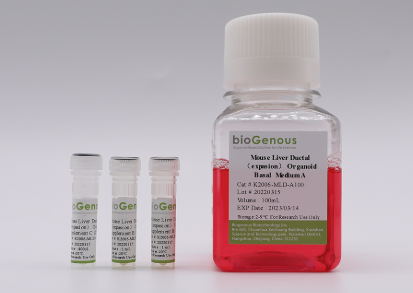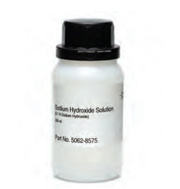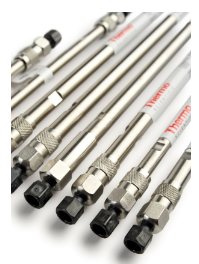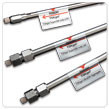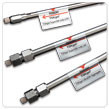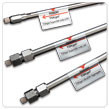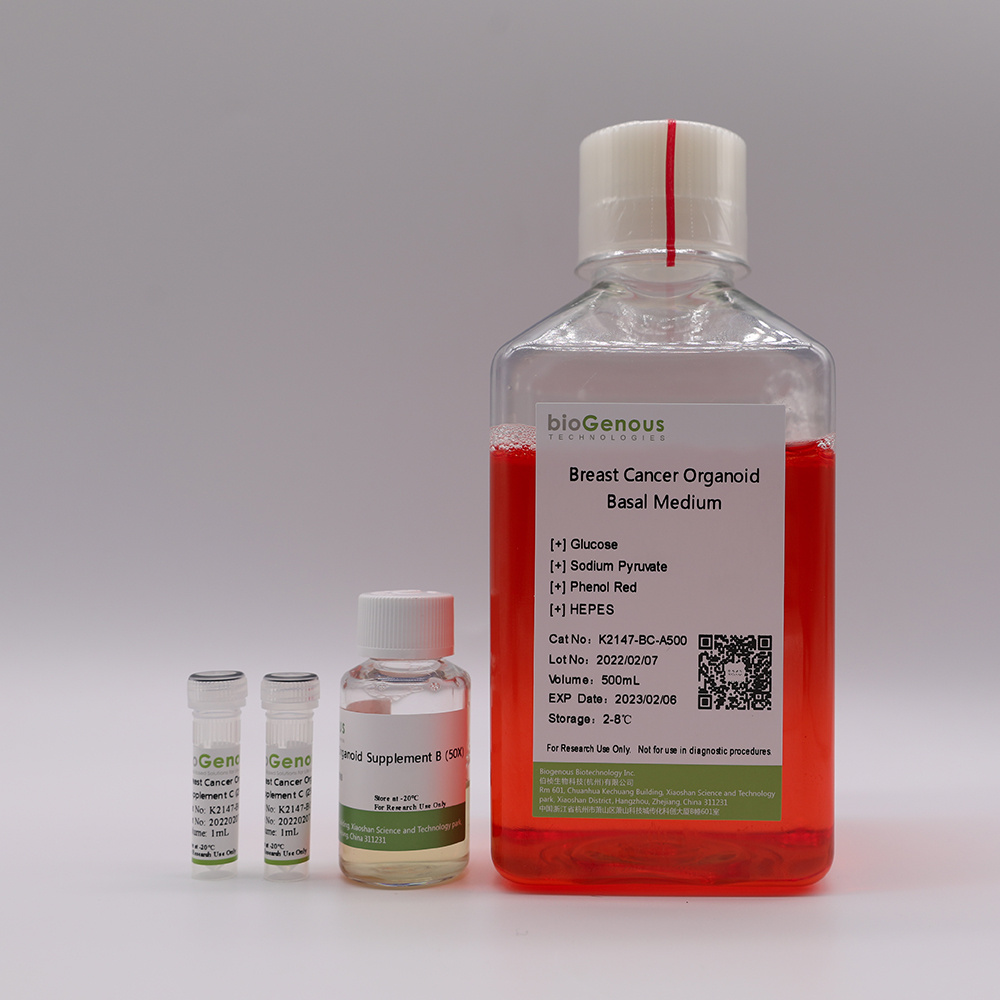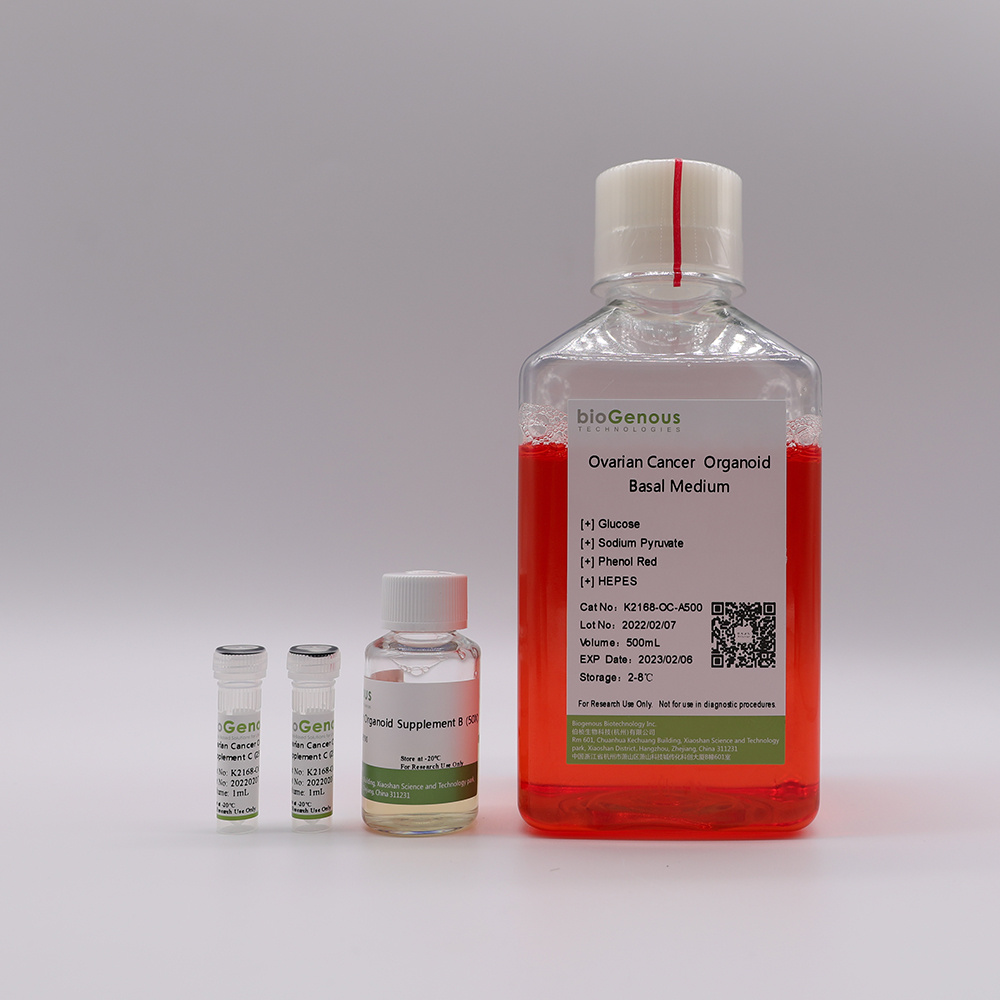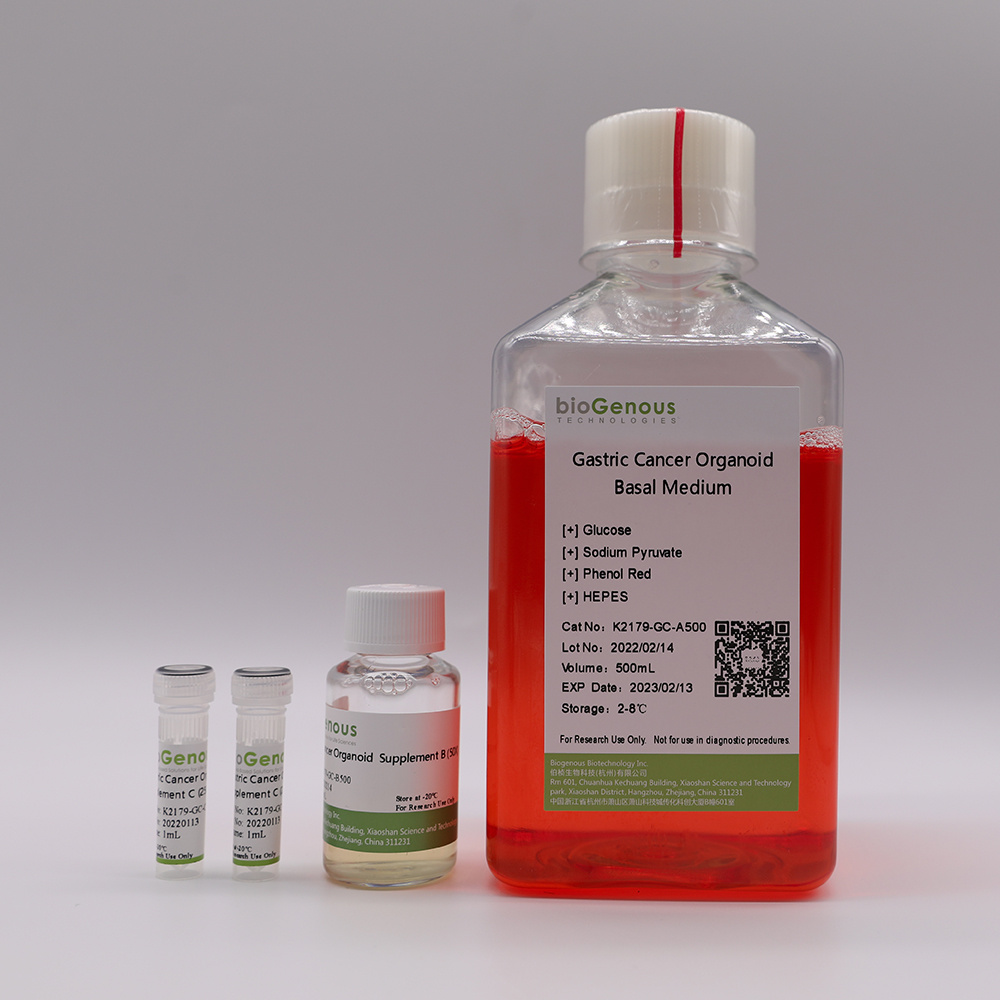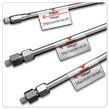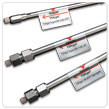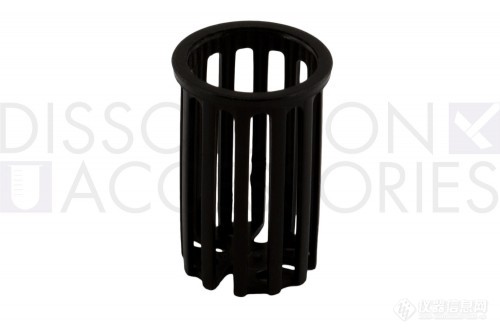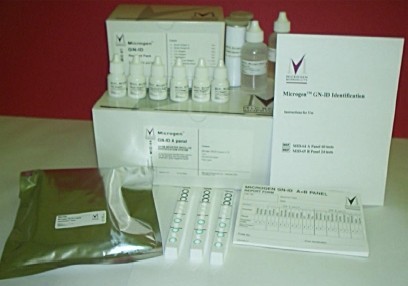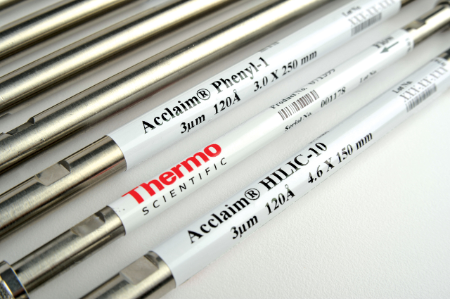PROSENSE+Basket/转篮 用于Logan仪器的栓剂篮
上海析信为荷兰Prosense公司在中国地区的总代理,可以提供符合各种法规、匹配各品牌厂家的溶出仪的全系列规格耗材配件。我们可提供Agilent, Distek, Erweka, Hanson, Pharmatest, Sotax的溶出度仪转篮,详请如下图: Agilent Compatible BasketsPart No.DescriptoinOEM RefPSBSK010-0110 Mesh Stainless Steel Basket 12-2125PSBSK020-0120 Mesh Stainless Steel Basket 12-2120PSBSK040-0140 Mesh Stainless Steel Basket 12-2100PSBSK040-01G40 Mesh Stainless Steel Basket, Gold coated 12-2105PSBSK040-01PL40 Mesh Precision Length Stainless Ste Basket –PSBSKPTV-4040 Mesh PTFE Coated Basket12-2110PSBSK060-0160 mesh Stainless steel Basket–PSBSK100-01100 Mesh Stainless Steel Basket12-2154PSBSK150-01150 mesh Stainless steel Basket, supported with 20 mesh12-2152PSBSK200-01200 mesh Stainless steel Basket, supported with 20 mesh–PSBSK400-01400 mesh Stainless steel Basket, sup- ported with 20 mesh–PSBSKSUP-01Suppository Basket, Plastic12-2130 PSSTABSK-10Stationary Basket Assembly with Ba Shaft and 10 Mesh Basket12-2061PSSTABSK-20Stationary Basket Assembly with Ba Shaft and 20 Mesh Basket12-2060PSSTABSK-40Stationary Basket Assembly with Ba Shaft and 40 Mesh Basket12-2063 Agilent Stationary Basket Caleva Compatible Baskets Part No.DescriptoinOEM RefPSBSK010-CA10 Mesh Stainless Steel Basket 0810123PSBSK020-CA20 Mesh Stainless Steel Basket 0810021PSBSK040-CA40 Mesh Stainless Steel Basket 0810019PSBSK150-CA150 Mesh Stainless Steel Basket, supported with 20 mesh–PSBSKUP-CASuppository Basket, Plastic – Distek Compatible Baskets Part No.DescriptoinOEM RefPSBSK010-DK10 Mesh Stainless Steel Basket 2821-0160 PSBSK010-DK 10 Mesh Stainless Steel Basket, Gold coated 2821-0160 -G PSBSK010-DKC 10 Mesh Stainless Steel Basket, Evolution Series 2800-0041 PSBSK020-DK 20 Mesh Stainless Steel Basket 2821-0159 PSBSK020-DKG 20 Mesh Stainless Steel Basket, Gold coated 2821-0159-G PSBSK020-DKC 20 Mesh Stainless Steel Basket, Evolution Series2800-0042 PSBSK040-DK 40 Mesh Stainless Steel Basket2821-0072 PSBSK040-DKG 40 Mesh Stainless Steel Basket, Gold coated2821-0072-G PSBSK040-DKC 40 Mesh Stainless Steel Basket, Evolution Series2800-0032 PSBSKPTD-4040 Mesh PTFE Coated Basket, Evolution2800-0032-TPSBSK060-DKC60 mesh Stainless steel Basket–PSBSK150-DKC150 mesh Stainless steel Basket, supported with 20 mesh2800-0044PSBSK200-DKC200 mesh Stainless steel Basket, supported with 20 mesh–PSBSK400-DKC400 mesh Stainless steel Basket, supported with 20 mesh–PSBSKSUP-DKSuppository Basket, Plastic3250-0445 Electrolab Compatible Baskets Part No.DescriptoinOEM RefPSBSK010-EL10 Mesh Stainless Steel Basket 0103A00054PSBSK020-EL20 Mesh Stainless Steel Basket0103A00055PSBSK040-EL40 Mesh Stainless Steel Basket0103A00057PSBSK040-ELG40 Mesh Stainless Steel Basket, Gold Coated0103A00061PSBSK040-ELD40 Mesh Stainles Steel Basket, "D" -type0103A00177PSBSK100-EL100 Mesh Stainless Steel Basket0103A00060PSBSK150-EL150 mesh Stainless steel Basket, supported with 20 mesh–PSBSKSUP-ELSuppository Basket, Plastic– Erweka Compatible Baskets Part No.DescriptoinOEM RefPSBSK010-EW10 Mesh Stainless Steel Basket90-000-6010 18391PSBSK010-EWG10 Mesh Stainless Steel Basket, Gold coated95-000-6110PSBSK020-EW20 Mesh Stainless Steel Basket90-000-6020 18392PSBSK040-EW40 Mesh Stainless Steel Basket90-000-6040 18393PSBSK040-EWG40 Mesh Stainless Steel Basket, Gold coated90-000-6140PSBSK150-EW150 mesh Stainless steel Basket, supported with 20 mesh–PSBSKSUP-EWSuppository Basket, Plastic70-000-5004 18394 Hanson Compatible Baskets Part No.DescriptoinOEM RefPSBSK010-HR10 Mesh Stainless Steel Basket65-220-010PSBSK010-HRG10 Mesh Stainless Steel Basket, Gold coated–PSBSK020-HR20 Mesh Stainless Steel Basket65-220-020PSBSK040-HR40 Mesh Stainless Steel Basket65-220-000 74-105-252PSBSKPTH-4040 Mesh PTFE Coated Basket–PSBSK040-HRG40 Mesh Stainless Steel Basket, Gold coated–PSBSK060-HR60 mesh Stainless steel Basket–PSBSK150-HR150 mesh Stainless steel Basket, supported with 20 mesh–PSBSK200-HR200 mesh Stainless steel Basket, supported with 20 mesh–PSBSK400-HR400 mesh Stainless steel Basket, supported with 20 mesh–PSBSKSUP-HRSuppository Basket, Plastic65-700-048 Logan Compatible Baskets Part No.DescriptoinOEM RefPSBSK010-LG10 Mesh Stainless Steel Basket800-0159PSBSK020-LG20 Mesh Stainless Steel Basket800-0155PSBSK040-LG40 Mesh Stainless Steel Basket800-0154PSBSK100-LG100 mesh Stainless steel Basket–PSBSK150-LG150 mesh Stainless steel Basket, supported with 20 mesh–PSBSK200-LG200 mesh Stainless steel Basket, supported with 20 mesh–PSBSK400-LG400 mesh Stainless steel Basket, supported with 20 mesh–PSBSKSUP-LGSuppository Basket, Palstic800-0170 Pharmatest Compatible Baskets Part No.DescriptoinOEM RefPSBSK010-PT10 Mesh Stainless Steel Basket311-2804PSBSK020-PT20 Mesh Stainless Steel Basket–PSBSK040-PT40 Mesh Stainless Steel Basket311-2801-6PSBSK150-PT150 mesh Stainless steel Basket, supported with 20 mesh–PSBSK200-PT200 mesh Stainless steel Basket, supported with 20 mesh–PSBSKSUP-PTSuppository Basket, Plastic311-3000-6PSBSK010-PTG10 Mesh Stainless Steel Basket, Gold coated– Sotax Compatible Baskets Part No.DescriptoinOEM RefPSBSK010-ST10 Mesh Stainless Steel Basket–PSBSK010-STG10 Mesh Stainless Steel Basket, Gold coated–PSBSK020-ST20 Mesh Stainless Steel Basket9353PSBSK040-ST40 Mesh Stainless Steel Basket2830PSBSK040-STG40 Mesh Stainless Steel Basket, Gold coated–PSBSK060-ST60 mesh Stainless steel Basket–PSBSK150-ST150 mesh Stainless steel Basket, supported with 20 mesh–PSBSK200-ST200 mesh Stainless steel Basket, supported with 20 mesh–PSBSK400-ST400 mesh Stainless steel Basket, supported with 20 mesh–PSBSKSUP-STSuppository Basket, Plastic– Zymark Compatible Baskets Part No.DescriptoinOEM RefPSBSK040-ZM40 Mesh Stainless Steel Basket63127PSBSK040-ZM240 Mesh Precision Length Stainless Steel Basket– Dabigatran Etexilate Mesylate The basket is wider than the standard USP basket and therefore it will not fit on to a standard USP1 basket hub and a special hub/basket shaft must be used.Part No.DescriptoinOEM Ref PSBSK040-DEM Dabigatran Etexilate Mesylate, 40 mesh, Stainless Steel –PSBSKSHT-16DEM16" suited for Hanson Research SR6/ SR8–PSSPNBSK-HRDEMSpin On/Off suited for Hanson Vision–PSBSKSHT-DKDEM16.5" suited for Distek–PSBSKSHT-19DEM19" suited for Agilent–PSSPNBSK-01DEMSpin On/Off suited for Agilent–PSBSKSHT-AT7DEMSuited for Sotax AT7–PSBSKHUB-DEMBasket adapter for Distek, DEM– Mini baskets For small volume applications.Part No.DescriptoinOEM RefPSMINBSK-40Universal mini basket 40 mesh–PSMINBSK15-0115" basket shaft, 316S.S., Agilent–PSMINBSK-DK16.5" basket shaft, 316S.S., Distek–PSMINBSK-HR16" basket shaft, 316S.S., Hanson SR6/SR8–PSSPNMINBSK-HRVSpin On/Off basket shaft, 316S.S., Hanson Vision74-105-220PSSPNMINBSK-01Spin On/Off basket shaft, 316S.S., Agilent–溶出度仪取样装置信息由上海析信仪器科技有限公司为您提供,如您想了解更多关于溶出度仪配件报价、型号、参数等信息,欢迎来电或留言咨询!
